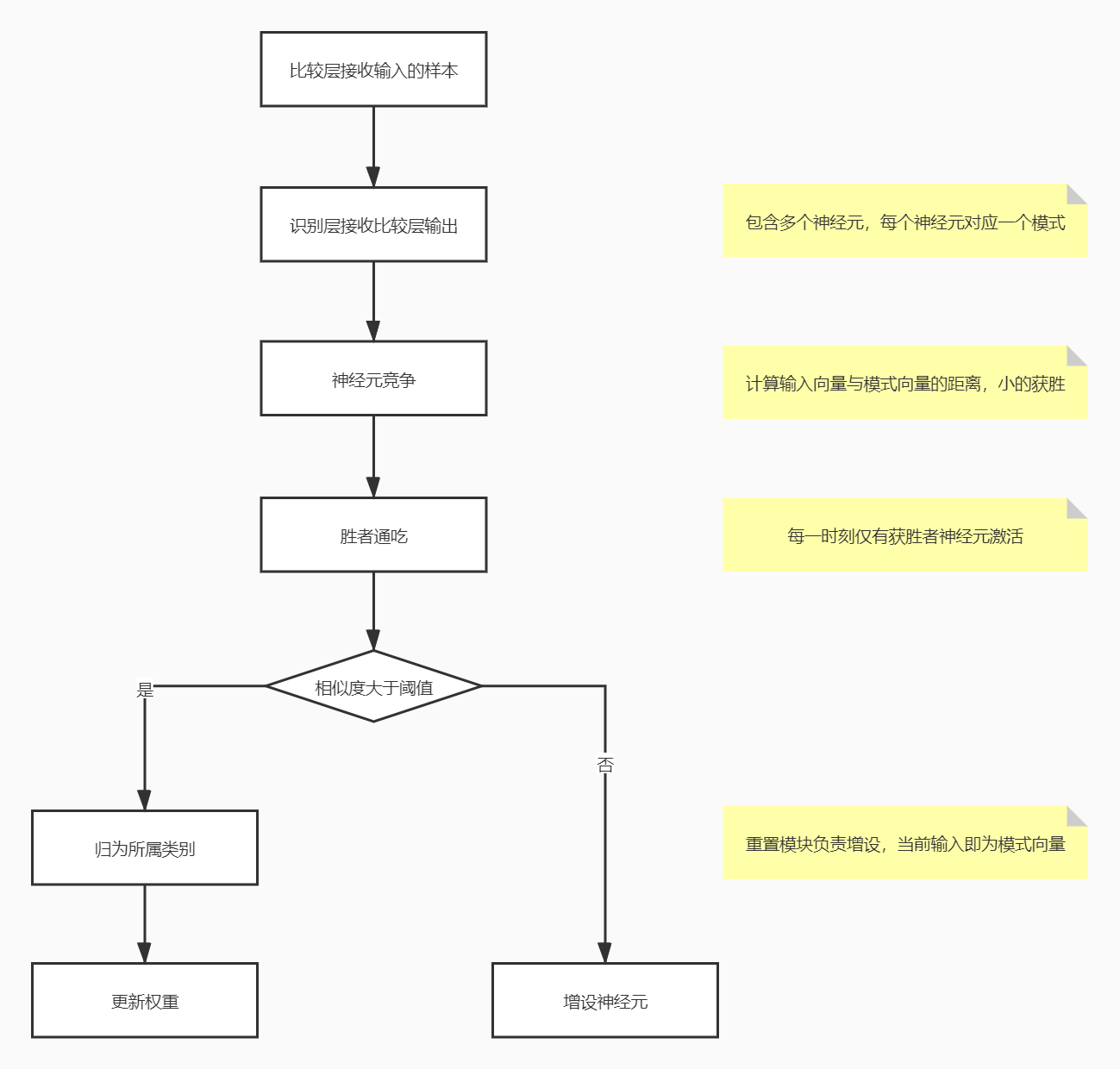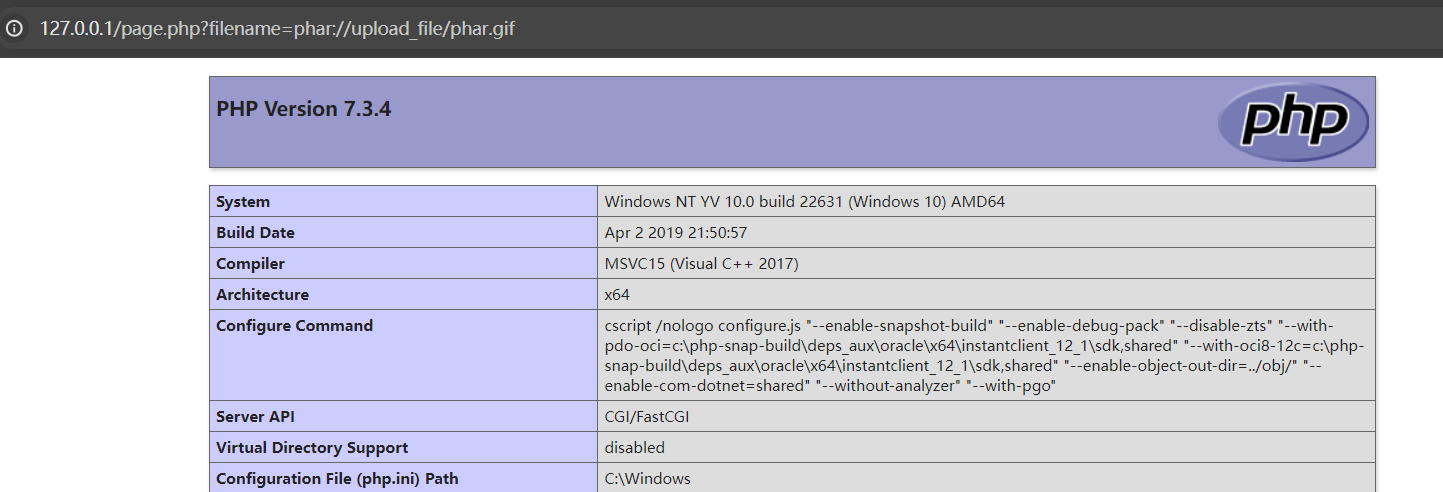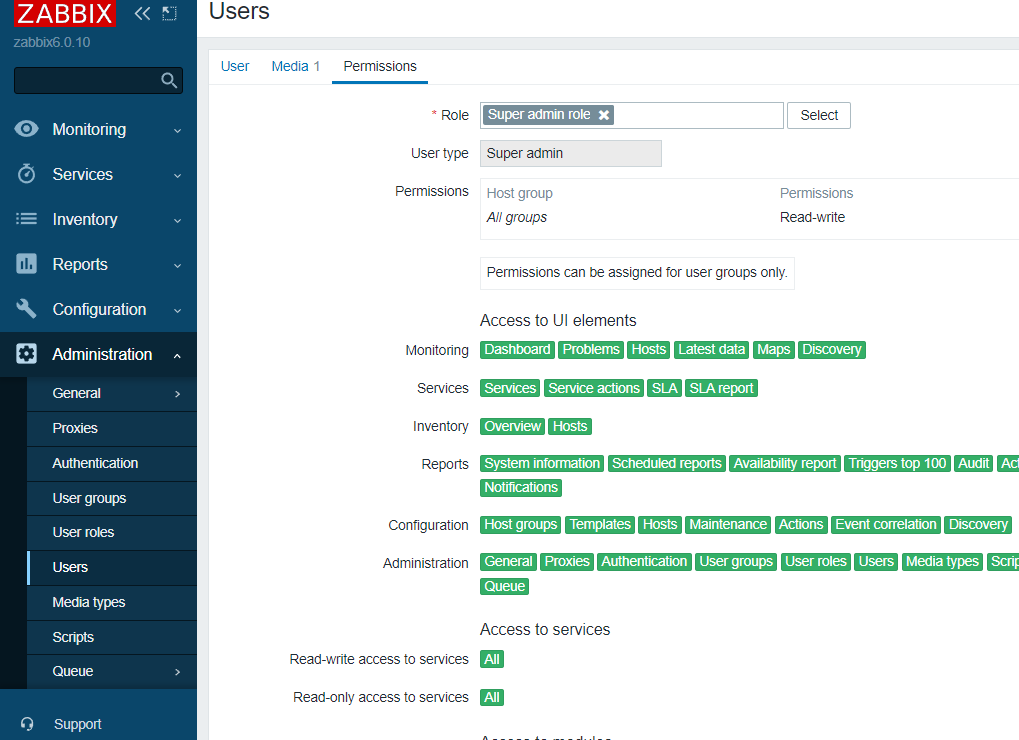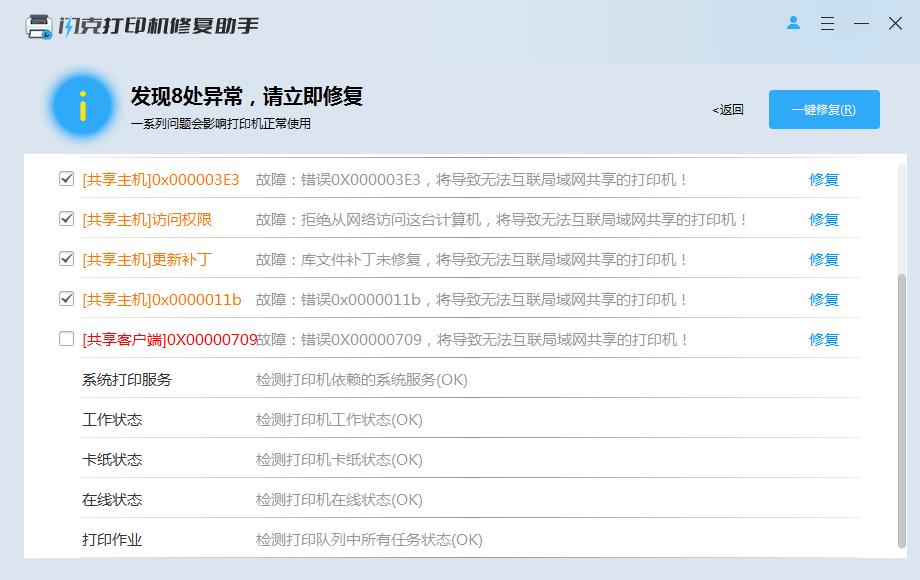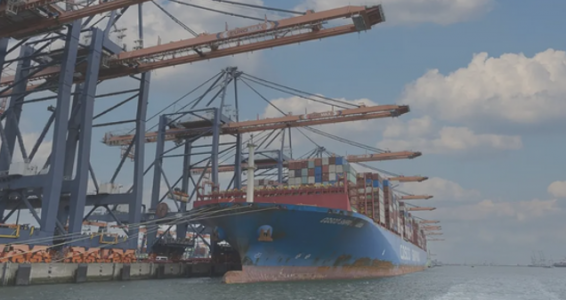在先前的RT-DETR中,博主使用ONNX模型文件进行了视频、图像的推理,在本章节,博主打算使用YOLOv8模型进行推理,因此,我们除了需要获取YOLOv8的ONNX模型文件外,还需要进行一些额外的操作,如NMS后处理过程,其详细实现过程如下:
YOLOv8模型导出
在YOLOv8的官方项目中,新建export.py,写入如下代码即可导出yolov8n,onnx文件
from ultralytics import YOLO
model = YOLO("D:\graduate\programs\yolo8/ultralytics-main\yolov8n.pt")
model.export(format="onnx")
Gradio推理UI设计
这里,我们先使用Gradio进行推理界面的搭建,其输入与输出均为图像
import YOLODet
import gradio as gr
import cv2
model = 'yolov8n.onnx'
yolo_det = YOLODet.YOLODet(model, conf_thres=0.5, iou_thres=0.3)
def det_img(cv_src):
yolo_det(cv_src)
cv_dst = yolo_det.draw_detections(cv_src)
return cv_dst
if __name__ == '__main__':
img_input = gr.Image()
img_output = gr.Image()
app = gr.Interface(fn=det_img, inputs=img_input, outputs=img_output)
app.launch()
YOLO目标检测推理
上面已经给出了YOLOv8模型推理的函数,那么其具体是如何实现的呢?
上述函数的具体实现分别在YOLODet.py与utils.py文件中,具体实现过程如下:
YOLODet实例化
首先是YOLODet对象的实例化,其通过__init__初始化置信度等参数,并生成InferenceSession的实例
yolo_det = YOLODet.YOLODet(model, conf_thres=0.5, iou_thres=0.3)
初始化参数代码如下:
def __init__(self, path, conf_thres=0.7, iou_thres=0.5):
self.conf_threshold = conf_thres
self.iou_threshold = iou_thres
# Initialize model
self.initialize_model(path)
生成InferenceSession的实例
def initialize_model(self, path):
self.session = onnxruntime.InferenceSession(path,providers=onnxruntime.get_available_providers())
# Get model info
self.get_input_details()
self.get_output_details()
读取模型的参数信息,YOLO模型在训练时设置图像为640*640,该信息作为参数保存在了ONNX模型文件中,此时通过读取模型文件中的相关参数来为前处理任务设置参数
def get_input_details(self):
model_inputs = self.session.get_inputs()
self.input_names = [model_inputs[i].name for i in range(len(model_inputs))]
self.input_shape = model_inputs[0].shape
self.input_height = self.input_shape[2]
self.input_width = self.input_shape[3]
获取ONNX的输出值的名称
def get_output_details(self):
model_outputs = self.session.get_outputs()
self.output_names = [model_outputs[i].name for i in range(len(model_outputs))]
输出结果解析原理
这里的输出值为output0,即只有一个值,我们可以通过下面代码来查看这个onnx模型的输出结果具体是什么样子的
import onnx
# 加载模型
model = onnx.load('D:\graduate\programs\yolo8/ultralytics-main/runs\detect/train2\weights/best.onnx')
# 检查模型格式是否完整及正确
onnx.checker.check_model(model)
# 获取输出层,包含层名称、维度信息
output = model.graph.output
print(output)
可以看到其名称即为output0,其维度为3维,即(1,7,8400)
[name: "output0"
type {
tensor_type {
elem_type: 1
shape {
dim {
dim_value: 1
}
dim {
dim_value: 7
}
dim {
dim_value: 8400
}
}
}
}
]
这里为何是(7,8400)呢,首先解释一下7的原因,前4个元素是边界框的坐标(x, y, w, h)。
剩下的3个元素(car,truck,bus)是类别得分。
博主也曾直接使用YOLOv8训练好的pt模型进行转换,得到的结果为(1,84,8400),其中84便是4个坐标加上COCO数据集中的80个类别
那么,这个8400是如何来的呢,这是由于YOLO的三个不同尺度的检测头的原因:
(80×80+40×40+20×20)=(6400+1600+400)=8400
每个网格点产生一个预测结果,即有8400个预测结果,同时,关于这一点我们可以通过后处理过程来证实
def postprocess(self, input_image, output):
"""
对模型的输出进行后处理,以提取边界框、置信度分数和类别ID。
参数:
input_image (numpy.ndarray): 输入图像。
output (numpy.ndarray): 模型的输出。
返回值:
numpy.ndarray: 带有绘制检测结果的输入图像。
"""
# 转置并压缩输出以匹配预期的形状
outputs = np.transpose(np.squeeze(output[0]))
# 获取输出数组中的行数
rows = outputs.shape[0]
# 用于存储检测到的边界框、置信度分数和类别ID的列表
boxes = []
scores = []
class_ids = []
# 计算边界框坐标的缩放因子
x_factor = self.img_width / self.input_width
y_factor = self.img_height / self.input_height
# 遍历输出数组中的每一行
for i in range(rows): # 选出大于置信度的检测结果
# 从当前行中提取类别分数
classes_scores = outputs[i][4:]
# 找到类别分数中的最大值
max_score = np.amax(classes_scores)
# 如果最大值大于置信度阈值
if max_score >= self.confidence_thres:
# 获取具有最高分数的类别ID
class_id = np.argmax(classes_scores)
# 从当前行中提取边界框坐标
x, y, w, h = outputs[i][0], outputs[i][1], outputs[i][2], outputs[i][3]
注意,该后处理过程通过 np.amax确定其所属类别,并将所有大于置信度的结果筛选出,但其数量依旧很多,因此需要进行非极大值抑制(NMS)操作。
YOLO推理代码
推理的代码很简单,只要把图像输入加载好的模型中即可:
得到输出结果output0
outputs = self.inference(input_tensor)
def inference(self, input_tensor):
start = time.perf_counter()
outputs = self.session.run(self.output_names, {self.input_names[0]: input_tensor})
return outputs

后处理操作之结果解析
随后将输出结果进行后处理操作
self.boxes, self.scores, self.class_ids = self.process_output(outputs)
上述的后处理过程实现较为繁杂,因此可以采用如下处理方式:
def process_output(self, output):
predictions = np.squeeze(output[0]).T#转为维度为(8400,7)
# Filter out object confidence scores below threshold
scores = np.max(predictions[:, 4:], axis=1)#选出预测概率最大的分数
predictions = predictions[scores > self.conf_threshold, :]#选出大于置信度的预测结果
scores = scores[scores > self.conf_threshold]#选出大于置信度的分数
if len(scores) == 0:
return [], [], []
# Get the class with the highest confidence
class_ids = np.argmax(predictions[:, 4:], axis=1)#根据每个类别最大的概率得到其对应的类别编号
# Get bounding boxes for each object
boxes = self.extract_boxes(predictions)#获取box
# Apply non-maxima suppression to suppress weak, overlapping bounding boxes
# indices = nms(boxes, scores, self.iou_threshold)
indices = multiclass_nms(boxes, scores, class_ids, self.iou_threshold)
return boxes[indices], scores[indices], class_ids[indices]
关于extract_boxes函数,其作用为处理 bounding box(预测框),主要分为两个过程,一个是将预测框结果恢复到与图像大小相匹配的大小(由于多尺度的关系,其输出的预测框的大小都是归一化后的)。
此外,还要将预测的(x,y,w,h)转换为(x y x y)形式
def extract_boxes(self, predictions):
# Extract boxes from predictions
boxes = predictions[:, :4]
# Scale boxes to original image dimensions
boxes = self.rescale_boxes(boxes)
# Convert boxes to xyxy format
boxes = xywh2xyxy(boxes)
return boxes
该两部分代码如下:恢复预测框大小
def rescale_boxes(self, boxes):
# Rescale boxes to original image dimensions
input_shape = np.array([self.input_width, self.input_height, self.input_width, self.input_height])
boxes = np.divide(boxes, input_shape, dtype=np.float32)
boxes *= np.array([self.img_width, self.img_height, self.img_width, self.img_height])
return boxes
将(x,y,w,h)转换为(x y x y)
def xywh2xyxy(x):
# Convert bounding box (x, y, w, h) to bounding box (x1, y1, x2, y2)
y = np.copy(x)
y[..., 0] = x[..., 0] - x[..., 2] / 2
y[..., 1] = x[..., 1] - x[..., 3] / 2
y[..., 2] = x[..., 0] + x[..., 2] / 2
y[..., 3] = x[..., 1] + x[..., 3] / 2
return y
后处理操作值NMS操作
经过上述类别置信度筛选后的结果还可以存在很多,为了让结果更加精确(为了防止一个目标有多个预测框),故进行非极大值抑制,即NMS操作,其原理如下:
- 对于每个类别,按照预测框的置信度进行排序,将置信度最高的预测框作为基准。
- 从剩余的预测框中选择一个与基准框的重叠面积最大的框,如果其重叠面积大于一定的阈值,则将其删除。
- 对于剩余的预测框,重复步骤2,直到所有的重叠面积都小于阈值,或者没有被删除的框剩余为止
当然,由于YOLO模型的性能较好,我们的置信度在设置为0.5时,筛选后的结果便不多了,8400个筛选完后仅还有21个
indices = multiclass_nms(boxes, scores, class_ids, self.iou_threshold)

代码如下,其过程便是按照每个类别计算保存下的预测框
def multiclass_nms(boxes, scores, class_ids, iou_threshold):
unique_class_ids = np.unique(class_ids)
keep_boxes = []
for class_id in unique_class_ids:
class_indices = np.where(class_ids == class_id)[0]
class_boxes = boxes[class_indices,:]
class_scores = scores[class_indices]
class_keep_boxes = nms(class_boxes, class_scores, iou_threshold)
keep_boxes.extend(class_indices[class_keep_boxes])
return keep_boxes
具体的预测框计算使用如下nms函数,这个是针对单个类别进行计算的
def nms(boxes, scores, iou_threshold):
# Sort by score
sorted_indices = np.argsort(scores)[::-1]#排序
keep_boxes = []
while sorted_indices.size > 0:
# Pick the last box
box_id = sorted_indices[0]#获取分值最高的box
keep_boxes.append(box_id)#这个box保留
# Compute IoU of the picked box with the rest
ious = compute_iou(boxes[box_id, :], boxes[sorted_indices[1:], :])
#通过计算IOU来判断是否保留,计算的IOU是与最大框的分数
# Remove boxes with IoU over the threshold
keep_indices = np.where(ious < iou_threshold)[0]
#去除与最大框的IOU大于阈值的预测框,这些预测框可以认为是预测的同一个目标
# print(keep_indices.shape, sorted_indices.shape)
sorted_indices = sorted_indices[keep_indices + 1]
#提取出保留的预测框的坐标
return keep_boxes

对于下面的代码
sorted_indices = sorted_indices[keep_indices + 1]
为何要加一呢,其实是由于前面计算IOU时算的是与最大框的IOU,经过keep_indices = np.where(ious < iou_threshold)[0]筛选后得到小于阈值的(预测的不是同一个目标),但此时这个id是去除了最大框的,要在sorted_indices中选择就需要加一。
计算IOU的代码如下:
def compute_iou(box, boxes):
# Compute xmin, ymin, xmax, ymax for both boxes
xmin = np.maximum(box[0], boxes[:, 0])
ymin = np.maximum(box[1], boxes[:, 1])
xmax = np.minimum(box[2], boxes[:, 2])
ymax = np.minimum(box[3], boxes[:, 3])
# Compute intersection area
intersection_area = np.maximum(0, xmax - xmin) * np.maximum(0, ymax - ymin)
# Compute union area
box_area = (box[2] - box[0]) * (box[3] - box[1])
boxes_area = (boxes[:, 2] - boxes[:, 0]) * (boxes[:, 3] - boxes[:, 1])
union_area = box_area + boxes_area - intersection_area
# Compute IoU
iou = intersection_area / union_area
return iou
可视化操作
至此,便可以通过NMS找出最终的预测框了,随后便是在图像上标注出目标了:
cv_dst = yolo_det.draw_detections(cv_src)
def draw_detections(self, image, draw_scores=True, mask_alpha=0.4):
return detections_dog(image, self.boxes, self.scores,
self.class_ids, mask_alpha)
def detections_dog(image, boxes, scores, class_ids, mask_alpha=0.3):
det_img = image.copy()
img_height, img_width = image.shape[:2]
font_size = min([img_height, img_width]) * 0.0006
text_thickness = int(min([img_height, img_width]) * 0.001)
# det_img = draw_masks(det_img, boxes, class_ids, mask_alpha)
# Draw bounding boxes and labels of detections
for class_id, box, score in zip(class_ids, boxes, scores):
color = colors[class_id]
draw_box(det_img, box, color)
label = class_names[class_id]
caption = f'{label} {int(score * 100)}%'
draw_text(det_img, caption, box, color, font_size, text_thickness)
return det_img
最终的检测效果如下:

事实上,这套处理流程不仅可以应对YOLOv8的检测,博主还曾测试过YOLOv9的模型,依旧是可用的。
最终完整代码博主将在完成视频推理设计后公布在github,尽情期待。

